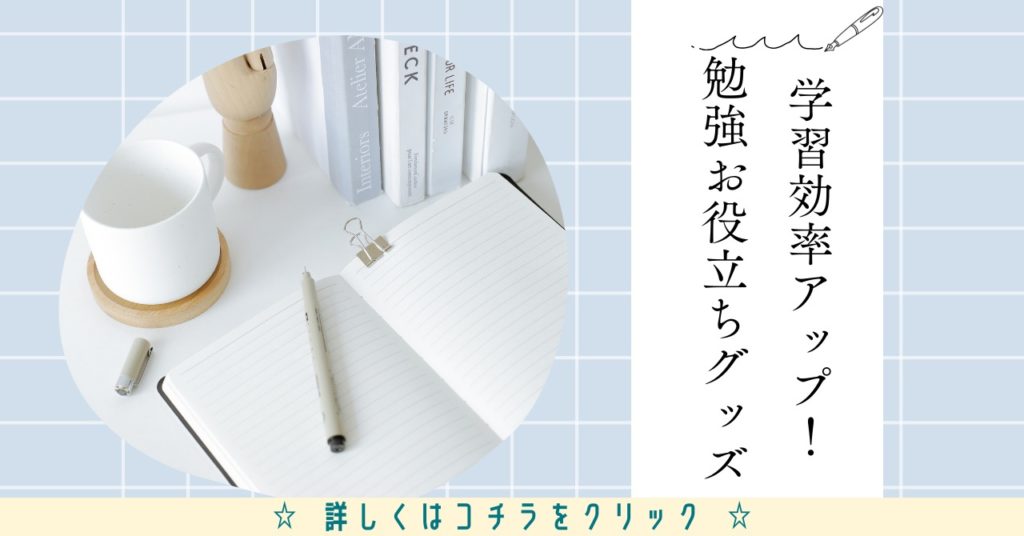開隆堂 高1APPLAUSE Lesson5 Section3の本文の日本語訳と重要箇所の解説です。
Lesson5-1, 5-2の解説はこちらからご覧ください。
>高1APPLAUSE Lesson5 Section1 本文和訳
>高1APPLAUSE Lesson5 Section2 本文和訳
- APPLAUSE Lesson5 Section3 本文と日本語訳
- APPLAUSE Lesson5 Section3 重要事項の解説
- There are two Congos in Africa.
- One is Republic of Congo. The other is Democratic Republic of the Congo.
- There are Sapeurs in both countries.
- However, they have a different sense of fashion.
- While Sapeurs in the former country like to wear colorful and formal suits, those in the latter prefer black and unique outfits.
- It is important for both groups to dress up, so many of them work hard to buy expensive clothes.
- Although their fashions are quite different, their wish for peace is the same.
- Daniel Severin Mouyengo, the chairman of the Sapeur Association in Japan, says,
- “We look out for each other, and no one is allowed to fight. In fact, I would like the Sapeur to be effectively a vaccination for peace.”
- APPLAUSE Lesson5 Section3 まとめ
APPLAUSE Lesson5 Section3 本文と日本語訳
There are two Congos in Africa.
「アフリカには2つのコンゴがあります。」
One is Republic of Congo. The other is Democratic Republic of the Congo.
「1つはコンゴ共和国です。もう1つはコンゴ民主共和国です。」
There are Sapeurs in both countries.
「どちらの国にもサプールがいます。」
However, they have a different sense of fashion.
「しかし,彼らは異なるファッションセンスをしています。」
While Sapeurs in the former country like to wear colorful and formal suits, those in the latter prefer black and unique outfits.
「前者の国のサプールはカラフルでフォーマルなスーツを着るのを好む一方で,後者の国のサプールは黒で独特な洋服を好みます。」
It is important for both groups to dress up, so many of them work hard to buy expensive clothes.
「どちらの集団にとってもオシャレをすることが重要なので,彼らの多くは高価な服を買うために一生懸命働きます。」
Although their fashions are quite different, their wish for peace is the same.
「彼らのファッションはかなり異なりますが,平和への願いは同じです。」
Daniel Severin Mouyengo, the chairman of the Sapeur Association in Japan, says,
「日本のサプール協会の議長であるダニエル・セヴラン・ムイエンゴさんは言っています。」
“We look out for each other, and no one is allowed to fight. In fact, I would like the Sapeur to be effectively a vaccination for peace.”
『私たちはお互いに気を配っていて,誰も戦うことを許可しません。実際に,私はサプールに平和に対するワクチンに効果的になってほしいと思っています。』

APPLAUSE Lesson5 Section3 重要事項の解説
There are two Congos in Africa.
この文は「there構文」になっていますね。
One is Republic of Congo. The other is Democratic Republic of the Congo.
“One is~. The other is…”は「1つは~で,もう一方は…」という重要表現です。
“Republic of Congo”は「コンゴ共和国」で,“Democratic Republic of the Congo”は「コンゴ民主共和国」ですね。
There are Sapeurs in both countries.
この文も「there構文」になっていますね。
“both”は「両方の,どちらの」という形容詞です。
However, they have a different sense of fashion.
“however”は「しかし」という意味の副詞になります。
同じ意味で“but”がありますが,こちらは接続詞なので品詞が異なります。“but”は“文A,but 文B”というように,2つの文を繋ぐ際に使います。
“文A. But 文B.”というように,“but”を文の先頭に置いて1文だけで完結させるのは原則NGとなります。
“different”は「異なった,様々な」という形容詞になります。
“sense”は「センス,感覚」という名詞で,“of”は前置詞で,”A of B”の形で「BのA」というように後ろから前に訳します。
While Sapeurs in the former country like to wear colorful and formal suits, those in the latter prefer black and unique outfits.
この文では「接続詞while」が使われていますね。意味は「~の一方で」となります。
“former”は「前の,前者の」,“latter”は「後ろの,後者の」という形容詞です。
“colorful”は「カラフルな,色とりどりの」,“formal”は「フォーマルな,正式な」,“unique”は「独特な,珍しい」という形容詞になります。
“wear”は「を着る」という動詞で,“to wear”は「不定詞の名詞的用法」ですね。
“those”は“that”の複数形ですが,直前に出てきた人を指す代名詞としても使えます。ここでは“Sapeurs”のことですね。
“suit”は「スーツ」,“outfit”は「洋服」という名詞で,“prefer”は「を好む」という動詞になります。
It is important for both groups to dress up, so many of them work hard to buy expensive clothes.
この文では「It to構文」が使われていますね。
“dress up”は「オシャレをする」という表現になります。
“expensive”は「高い」という形容詞で,“clothes”は「衣服,洋服」という名詞です。
“to buy”は「不定詞の副詞的用法」ですね。
Although their fashions are quite different, their wish for peace is the same.
この文では「接続詞althoug」が使われていますね。意味は「~だが」となります。“though”も同じ意味になります。
“quite”は「かなり,極めて」という副詞で,“wish”は「願い」,“peace”は「平和」,“same”は「同じもの」という意味になります。
Daniel Severin Mouyengo, the chairman of the Sapeur Association in Japan, says,
“Daniel Severin Mouyengo”と“the chairman of the Sapeur Association in Japan”は「同格語」になります。“名詞,名詞”の並びは「同格語」の可能性が高いですよ!
“chairman”は「議長」,“association”は「協会」という名詞です。
“We look out for each other, and no one is allowed to fight. In fact, I would like the Sapeur to be effectively a vaccination for peace.”
“look out for”は「~に気を配る,目を配る」という意味で,“each other”は「お互い」という重要表現です。
“no one~”は「誰も~ない」で,“allow to 動詞の原形”は「~するのを許す」という重要表現です。ここでは「受動態」になっていますね。
“fight”は「戦う」という動詞になります。
“in fact”は「実際に」という意味で,“would like”は「~が欲しい」という“want”と同じ意味ですね。どちらも重要な表現です。
そして“would like 人 to 動詞の原形”で「人に~してほしい」という意味になります。
“effectively”は「効果的に」という副詞で,“vaccination”は「ワクチン,予防接種」という名詞です。
APPLAUSE Lesson5 Section3 まとめ
以上がAPPLAUSE Lesson5 Section3の日本語訳となります。
「不定詞」の作り方を確認しておきましょう!
>高1APPLAUSE Lesson5 Section1 本文和訳
>高1APPLAUSE Lesson5 Section2 本文和訳
何か分からない点や他に解説してほしい点があれば,お気軽にコメントしてください!




コメント